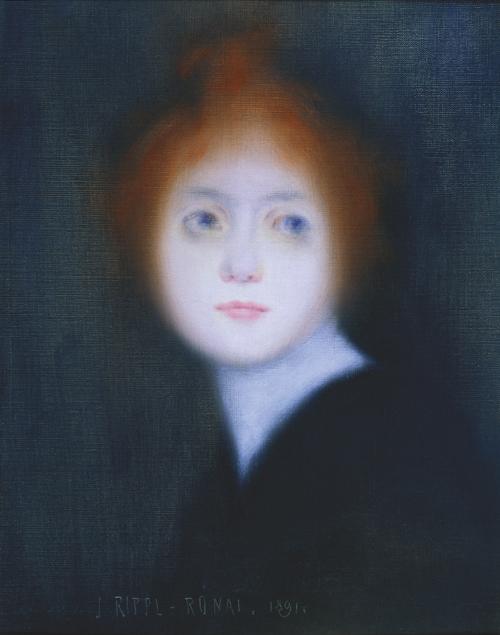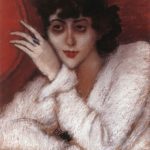
József Rippl-Rónai (1861–1927) was a Hungarian painter and one of the most influential figures in Hungarian art at the turn of the 20th century. He played a key role in the development of modern art in Hungary and was associated with various art movements, including Post-Impressionism and Symbolism.

- Early Life and Education: Rippl-Rónai was born in Kaposvár, Hungary. He studied at the Academy of Fine Arts in Munich and later in Paris. His exposure to the vibrant art scene in Paris had a profound impact on his artistic development.

- Nabi Movement: While in Paris, Rippl-Rónai became associated with the Nabi movement, a group of Post-Impressionist artists that included Édouard Vuillard and Pierre Bonnard. The Nabis were known for their decorative and symbolic approach to art.

- Use of Color: Rippl-Rónai was particularly renowned for his use of color. He often employed a rich and vibrant palette, with a focus on bold and expressive colors. His color choices were influenced by the Symbolist movement, and he aimed to convey emotional and symbolic content through his use of color.

- Transition to Symbolism: In the later part of his career, Rippl-Rónai transitioned towards Symbolism. His works began to feature more allegorical and symbolic elements, reflecting a deeper exploration of the spiritual and psychological aspects of art.

- Hungarian Art Scene: Upon returning to Hungary, Rippl-Rónai became a central figure in the Hungarian art scene. He was instrumental in introducing modern European artistic trends to Hungary and played a key role in the development of Hungarian modernism.

- Portraiture: Rippl-Rónai was also known for his portraits, capturing the personalities of his sitters with a distinctive style. One of his most famous portraits is of his wife, entitled “Woman with a Japanese Parasol.

- Later Life and Legacy: In the later years of his life, Rippl-Rónai focused on decorative arts, including ceramics and stained glass. He left a lasting impact on Hungarian art, influencing subsequent generations of artists. The Rippl-Rónai Museum in Kaposvár, Hungary, is dedicated to preserving and showcasing his works.

József Rippl-Rónai’s contributions to Hungarian art and his role in bringing modern artistic trends to Hungary make him a significant figure in the country’s cultural history. His works continue to be appreciated for their innovative use of color and their contribution to the broader European modernist movement.





